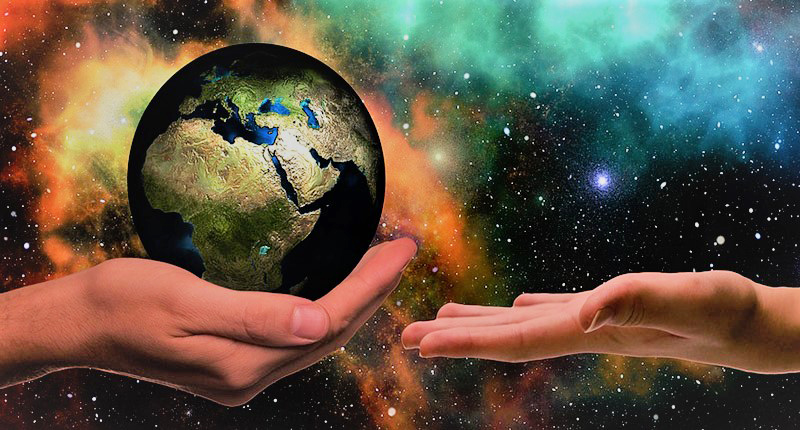Sales of collectibles and crypto art continue on the main platforms, from the most exclusive and “entry selection” like SuperRare to those open to all like OpenSea.
But for months now, many people, especially artists, have been asking questions about the environmental issue linked to the creation of NFTs, a system based on fossil fuels, with high energy consumption and consequent CO2 emissions.
In an article on Medium, artist Memo Atken raised the question: the Crypto Art and NFT market is the new frontier in the sale of digital works, offering guarantees of ownership and authenticity, but what are the environmental consequences?
Atken, a Turkish engineer and computer scientist who has long been working and experimenting with technologies capable of creating images, sounds and installations, with the aim of getting to the heart of human nature, estimated in his research that the carbon footprint of a single NFT on SuperRare is 211 kg of CO2, equivalent to a car journey of a thousand kilometres or a two-hour flight.
The processes of creating NFTs depend on the computing capabilities of thousands of computers, which require much more energy than standard server tasks.
The crypto system, which is based on fossil fuels, involves a massive exploitation of mineral resources with consequent CO2 emissions.
In fact, it is estimated that a single Ethereum (ETH) transaction has an average footprint of 27.7 kg of CO2: the equivalent of the electricity consumption of an American home over two days.
When it comes to digital works, the issue becomes more complex because of the NFT validation process.
According to Memo Atken’s analysis of 80,000 transactions involving 18,000 NFTs sold on the SuperRare platform, the average energy consumption per transaction is 82 kWh, equivalent to 48 kg of CO2.
Since then, many have wondered what is the best way to create NFTs without harming the environment.
The PALM platform
Among them is PALM, an ecosystem linked to Ethereum that promises 99% more energy efficiency than competing platforms.
Several partners from the crypto world such as Uniswap, $MEME, Nifty’s, Protocol Labs, MetaMask and Infura have collaborated on the project. In addition to providing environmental benefits, the platform offers support for artists and creators through a low gas fee and fast transactions.
Sotheby’s and Terra0
The British auction house, now fully involved in the Crypto and NFT world, is offering in its “Natively Digital” auction, open until 10 June, the artwork “Two Degrees” by the research group terra0, a 20-second video of a 3D scan of a forest in southern Germany, ready to disappear if the average global temperature were to rise by 2 degrees Celsius, thus above pre-industrial levels. With only a few days to go before the end of the auction, the price of lot 26 is $10,000.
https://www.sothebys.com/en/buy/auction/2021/natively-digital-a-curated-nft-sale-2/two-degrees
Are there sustainable solutions for the environment?
Many people are wondering, here are some answers.
- It is important to provide information about the environmental impact of Crypto Art and how to minimize it by limiting the amount of transactions to only those that are necessary and confirmed;
- According to the Nifty Gateway platform, it is possible to reduce the environmental impact by 99% by implementing Proof-of-Stake (PoS) consensus protocols on existing platforms to replace the Proof-of-Work (PoW) protocols on which the current Blockchain and NFT market is based;
- Artists and collectors should use sustainable platforms, examples of those considered ethical include hicetnunc, Viv3 or Kalamint.
The post NFTs and protecting the environment appeared first on The Cryptonomist.

















